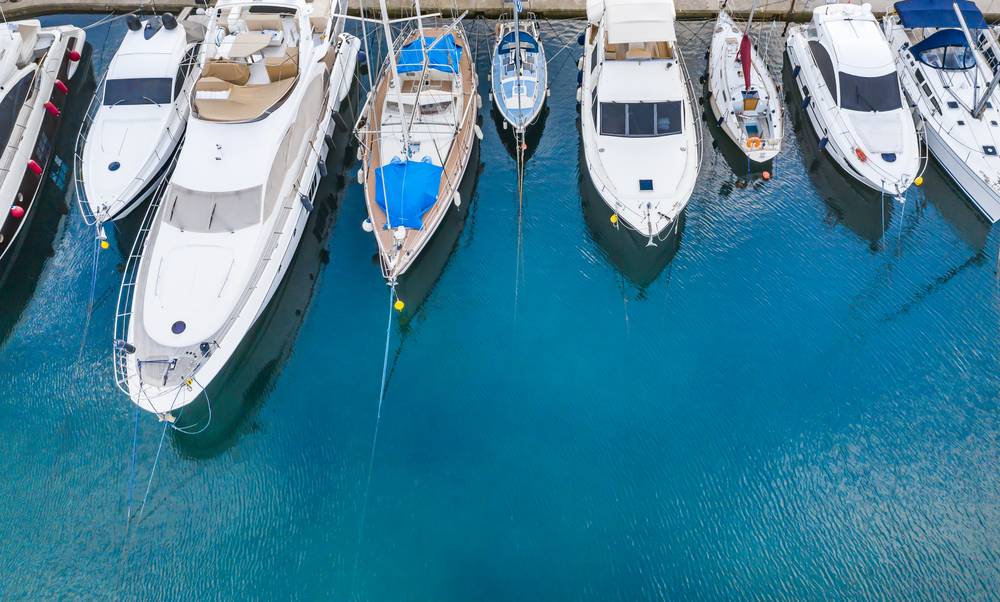Boat batteries have two major functions: starting the engine and powering electrical components. For decades, boaters relied heavily on gel and flooded batteries to accomplish these functions. But that’s changing.
Today, many boaters are turning to AGM batteries. Continue reading to find out why.
When you’re in the market for a new battery, two factors come to mind: battery application and battery chemistry.
Battery application
Since batteries have two major applications, boaters often have two options: starting batteries and deep cycle batteries.
Starting batteries
These batteries are designed to deliver 75-400 amperes for about 5-15 seconds. Starting batteries have numerous thin plates to generate the much-needed amperage. However, they are relatively fragile and cannot withstand deep discharges. As a result, their lifespan is relatively short.
Deep cycle batteries
Unlike starting batteries, deep cycle batteries rejuvenate fully after heavy discharge because their plates are thicker. For instance, when used overnight, nearly 70% of the stored charge might get depleted. However, a high amount of energy is re-deposited back and the cycle starts during recharge.
Most boaters, therefore, size their deep cycle batteries to store more energy than expected. The extra energy is then used in between recharge cycles.
Battery chemistry
Apart from functionality, battery chemistry also plays a major role when choosing the right battery for your boat. Generally, there are three options: flooded, gel and AGM batteries.
Flooded batteries
These batteries use a sulfuric acid solution to store energy. When charging, the batteries generate hydrogen and oxygen which escape into the atmosphere through vented wet cells. But flooded batteries have several drawbacks.
First, they need regular inspections and distilled water must be added to the cells when the levels get low. Secondly, these batteries self-discharge and therefore require off-season charging. Finally, flooded batteries cannot withstand intense vibrations and must be fixed in an upright position.
Gel batteries
Unlike flooded batteries, gel batteries self-discharge at a lower rate. They are also leak-proof, spill-proof and submersible. But, they still need to be vented and must be carefully regulated to avoid damage.
AGM batteries
AGM batteries perform better than flooded and gel batteries. They have porous microfiber glass separators, which are carefully placed between the anode (positive plate) to the cathode (negative plate). The separators are saturated with acid electrolyte in order to trigger the battery.
When charging, carefully designed valves allow oxygen generated to move from the anode to the cathode, where it combines with hydrogen produced to form water.
The high-density glass fibers offer strong support to the plate. As a result, the battery is able to withstand vibrations better than other batteries.
The AGM batteries also provide the following benefits:
• Low internal resistance
• Quick recharging
• Low self-discharge rate
• Long lifespan
Make no mistake, AGM batteries are revolutionizing boats. Boaters who invest in these batteries report tremendous benefits. Want to learn more? Contact Lifeline Batteries to speak with one of our experts.

